How To Create And Use A Daily Training Report
Prior to my 2018 transfer to the training department, I was in site security operations. To add to this shift, I went from managing a small security team at a client site to working from home as a trainer and program coordinator. My two-year anniversary of work from home (WFH) was March 2020, the same month many states shut down due to the coronavirus pandemic. With the increase in WFH personnel, compounded by uncertainty, it can be frustrating for teams who traditionally work in an office to make the shift to virtual offices and collaboration. While we could delve into all manner of aspects around WFH, I’m going to focus on one: accounting for your WFH time on task.
Building and campus security operations run on reports. We account for our time down to the minute and spend far more time than many realize with documentation, record keeping, auditing, and data analysis. One of the mantras in the security profession is: “If it isn’t written, it isn’t done.” Additionally, many people do not realize that for all the incidents and emergencies that impact the business unit there are countless other events that never become an incident because security professionals (whom many still commonly refer to as “guards”) have addressed the event before it escalates to an incident or emergency.
How does building security personnel know when these events have been addressed? We write and pass on the most fundamental report in the security profession: The Daily Activity Report (DAR).
What Is A DAR?
DARs, just as the name implies, are a report of daily activities conducted by a security specialist. Activities include noting when we are on and off duty, access control and visitor management, tracking incoming and outgoing deliveries, patrol, and a whole host of other events Some of these events may escalate to an incident; the bulk of which, though, security specialists manage on a day-to-day basis. DAR entries can also be used by security managers for data analysis to chart security trends, time on task, and determine when and where staffing increases are needed.
Having lived my professional life by DAR entries for seven years prior to transferring to the training department, I incorporated what I knew into my new daily routine. Training DARs instantly became a part of my workday. We can refer to Training DARs as Daily Training Reports, or DTR for short. DTRs are used to chart day-to-day work, used as a reference when writing weekly production reports, and the metrics gleaned from DTRs are used in quarterly progress and year-end reports.
So, how do training professionals, who may not have years of experience writing, reading, and pulling metrics from a DAR create and utilize a DTR? Start small and simple.
Transitioning From DARs To DTRs
An Excel sheet can be outfitted as a DTR with minimal effort. When I transitioned from DARs to DTRs, I kept the micro-level format. Micro-level reporting allowed me to track my time on task down to the minute. After two to three months of micro-level reporting, I was able to analyze the data to gain some metrics to better understand my new role (see figure 1.0). Topics developed in the drop-down were extensive, and many turned out to be irrelevant for my new job, however, some of the training specific topics are listed here (see figure 1.1).

Figure 1.0 – DTR developed using an Excel Sheet.

Figure 1.1 – The topic list in my first DTR.
Most of us are working in some form of cloud office system. Whether you are using Microsoft 365, Google Drive, or some other cloud system there are ways to use forms, sheets, and document templates available to develop a simple yet robust DTR.
In August 2018, I moved from a micro-level DTR in Excel to a DTR using Google Forms and Sheets; at this time, I also changed over to a macro-level report structure. The macro-level report saved time on the front end, allowing me to simply check off the job tasks conducted during the day. The daily activities, or topics, were simply listed alphabetically without regard to the overall category (see figure 1.2).
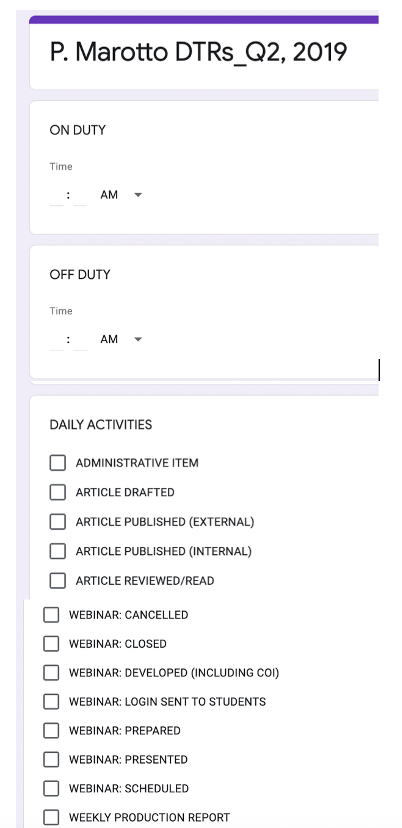
Figure 1.2 – Macro-Level DTR using Google Forms.
The summary responses available in Google Forms allow for metrics analysis (see figure 1.3). Analyzing these metrics allows one to break their job duties down by percentage. In order to develop easy-to-analyze metrics, DTRs are saved by quarter. Quarterly metrics can then be analyzed and combined for year-end reports.
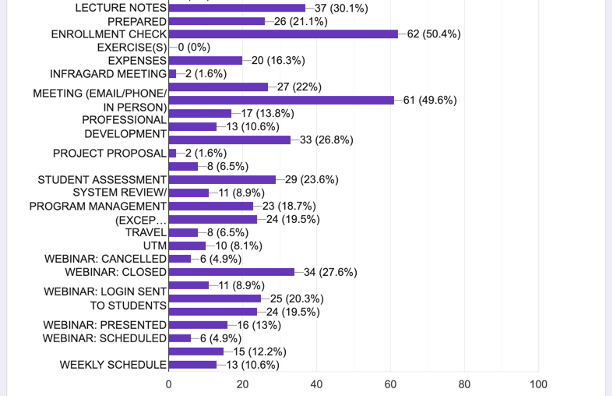
Figure 1.3 – Summary of daily activities.
While macro-level tracking is quick, one can lose something without qualitative information to flesh out the quantitative data. In order to add qualitative information, an area to write narratives and notes was added (see figure 1.4). The narratives have been used as jumping-off points for weekly, quarterly, and year-end reports, as well as reminders and plans for new projects and current programs and content development.
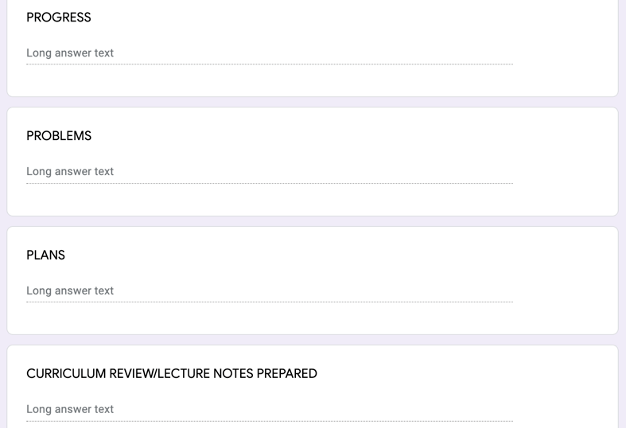
Figure 1.4 – Narratives and notes sections.
Analysis of the first full year-end report led to the refinement of the DTR itself. Rather than listing daily activities alphabetically without regard for the overall category, I developed select categories to house the daily activities (see figure 1.5).
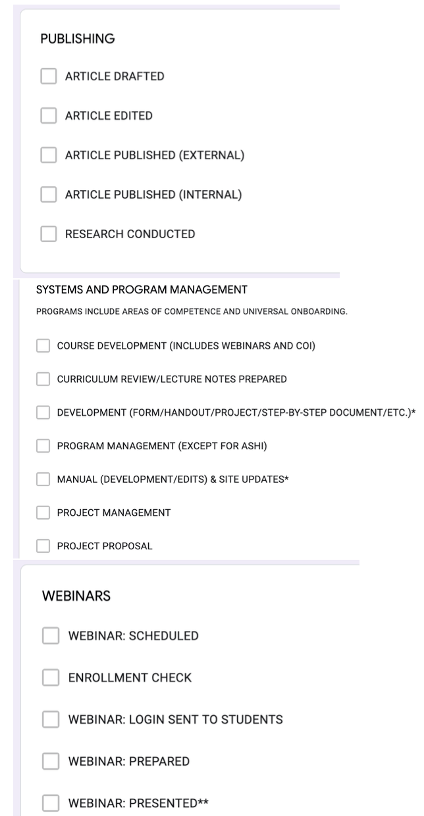
Figure 1.5 – DTR activities listed by category.
Periodically, one can go back to using a micro-level DTR to identify how much time each activity takes (see figure 1.6). Such a re-examination can also help when developing a new set of daily tasks, especially as your job duties change. Micro-level DTRs are also useful for recording billable client hours. While more than one task may be checked, a micro-level daily training report is designed to be completed throughout the day in order to record task start and end times. Also, in order to develop accurate metrics (or billable hours), the start and end time must always be no less than one minute in length (see figure 1.7).
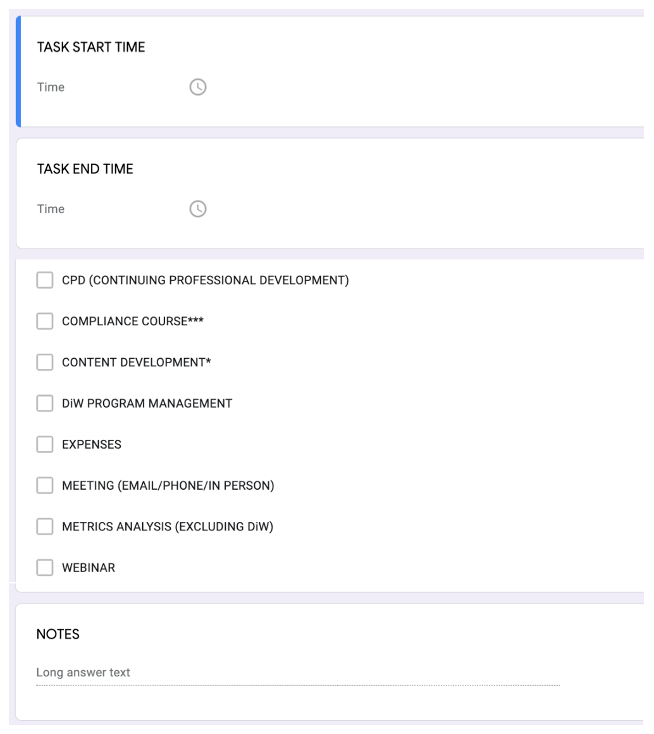
Figure 1.6 – Micro-level DTR.
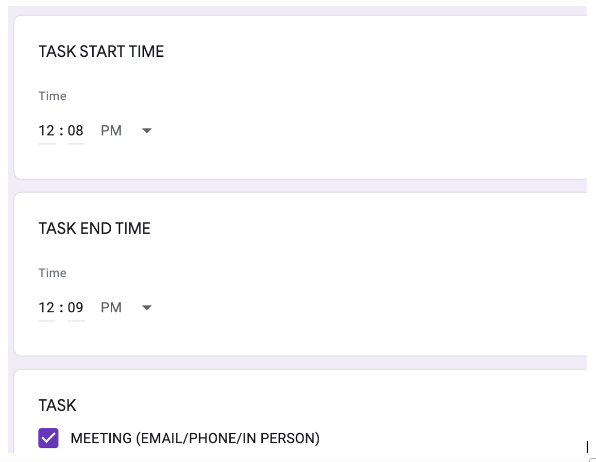
Figure 1.7 – Micro-level DTR recordable time.
DTRs are living documents, so what you needed to record three months, six months, one year, or two years ago may no longer be necessary. Categories may also be renamed and refined, and in many cases, the topics reduced or moved.
For me, after conducting a sanity check using the micro-level DTR, I retooled a macro-level daily training report, reducing the number of categories, consolidating and reducing the number of activities, and increasing the number of narrative sections. Of note was the addition of an activity added specifically to my department's training efforts during the height of employee work from home and the consolidation of several activities into one (e.g., the activity “research” under the publishing category was moved to the professional development category and combined with reading to form the new activity “reading and research”).
Developing a cloud-based DTR form can allow every member of your team or department to document their records into one consolidated reporting system. Limitations of every cloud-based form are different, so the advantage of having every member of your team report under the same DTR may also mean that pulling individual metrics requires more manual data analysis than if everyone reported under their own DTR.
Trust may also be called into question when introducing a daily training report. Reminding your team that the DTR is as much, if not more so, for their record-keeping and reference as it is to measure everyone’s “time on task” can go a long way to your team seeing the DTR as a resource aiding them during WFH rather than another task added to their already overcrowded to-do list.









